#16th-century painters
Photo

River Landscape
Annibale Carracci (Italian; 1560–1609)
ca. 1590
Oil on canvas
National Gallery of Art, Washington, D.C.
#Annibale Carracci#Carracci#Italian Baroque#Italian Baroque paintings#Italian Baroque painters#Baroque art#1590s#Italian art#Italian artists#Italian painters#Italian paintings#16th-century art#16th-century artists#16th-century painters#16th-century Italian artists#16th-century Italian art#16-century Italian painters#Italian landscapes#Italian landscapists#landscapes#landscape paintings#nature#sunlight#rivers#boatmen#boatman#poles#mountains#trees#16th century
26 notes
·
View notes
Text

Two Skulls In A Window Niche, by Hans Holbein The Younger (German, 1497-1543), 1520
#dark academia#light academia#classical#academia aesthetic#escapism#academia#books and libraries#classic literature#books#architecture#art#artist#painting#painter#Hans Holbein The Younger#german#skulls#1500s#16th century#gothic vibe#royal core#cottage core#aesthetic#academic#mood#vibe#tumblr#macabre
468 notes
·
View notes
Text
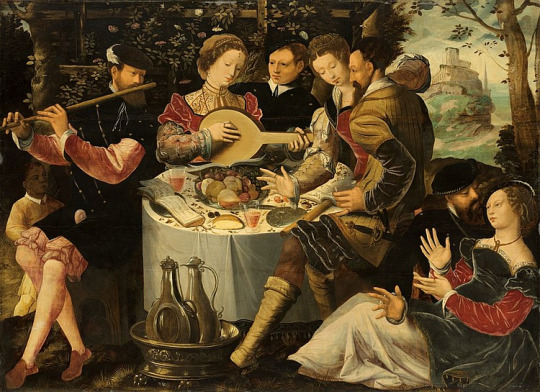
Attributed to Ambrosius Benson (Italian, c. 1495-1550) • Elegant Company with musicians seated at a table in a landscape • Oil on panel • Private collection
#art#painting#fine art#art history#northern renaissance#oil painting#ambrosius benson#italian artist#painter#genre painting#at the table#16th century european art#artwork#pagan sphinx art blog#art blogs on tumblr#art lovers on tumblr
147 notes
·
View notes
Text

Sofonisba Anguissola - Profile Portrait of a Young Woman (late 16th century)
175 notes
·
View notes
Text

Juno, 1596
By Hendrick Goltzius
#art#fine art#dutch art#dutch artist#dutch painter#engraving#16th century art#goddess#mythological art#mythology#roman mythology#european mythology#graphic art#classical art#european art
87 notes
·
View notes
Text
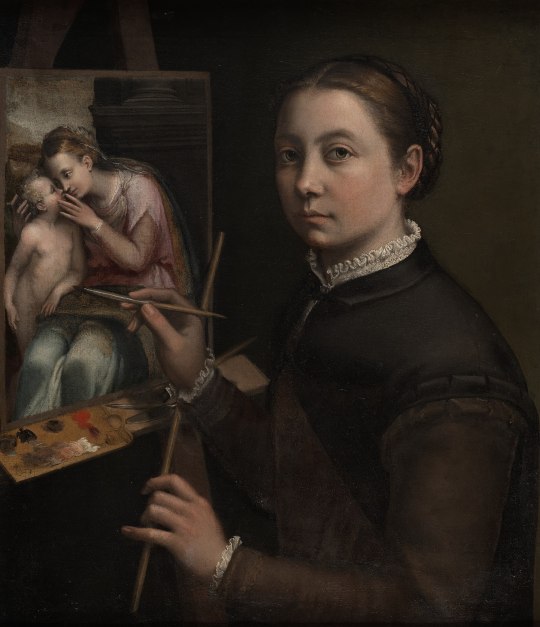
Self-portrait at an Easel, Sofonisba Anguissola (1556). Łańcut Castle in Poland.
#art#art history#artists on tumblr#aesthetic#painting#women portraits#women#beautiful women#women in art#females#ladies#gorgeous women#women artists#self portrait#mujeres#mulher artista#women painters#arte renascentista#renascimento#renaissance#renaissance art#portrait#self portrature#16th century painting#16th century art#beautiful photography#16th century#16th century portrait#1500s art#1500s
39 notes
·
View notes
Text

Giuseppe Arcimboldo (Italian, 1527–1593) • Emperor Rudolf II as Vertumnus, the Roman God of the Seasons • c. 1590
#still life#art#painting#art history#fine art#artist#giuseppe arcimboldo#renaissance art#oil painting#italian artist#italian painter#art of the still life blog#art blogs on tumblr#art lovers on tumblr#artwork#16th century art
30 notes
·
View notes
Text
Annibale Carracci
(b. 1560 - d. 1609)
A 16th century italian painter centered in Bologna, the capital of Emilia-Romagna. Annibale, his cousin, and his brother, but mostly Annibale founded a super popular form of the baroque style.
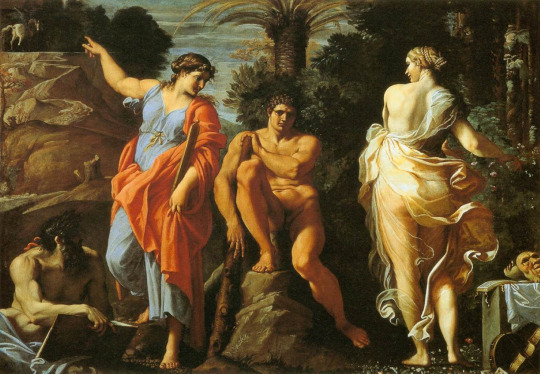
"The Choice of Hercules"

Christ and the Samaritan Woman
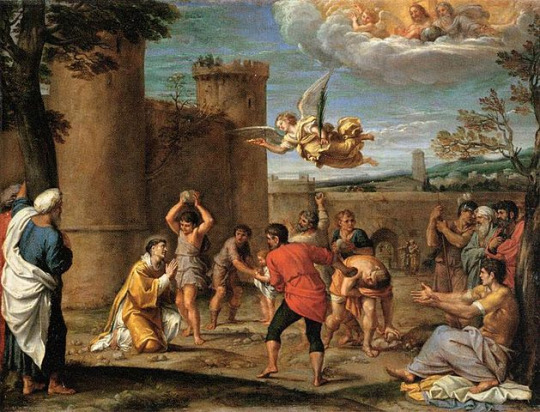
The stoning of St. Stephen
#baroque#baroque art#classicism#annibale carracci#emilia romagna#bologna#rome#italy#italian painter#16th century
39 notes
·
View notes
Text
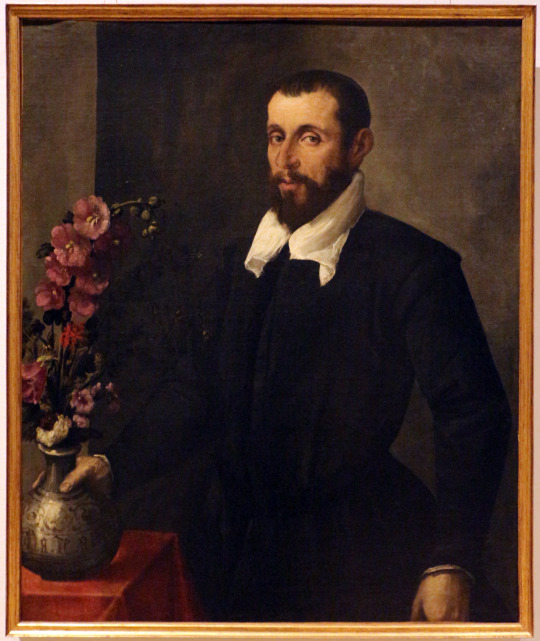
Portrait of nobleman by Leandro Bassano (1567-1622)
10 notes
·
View notes
Text
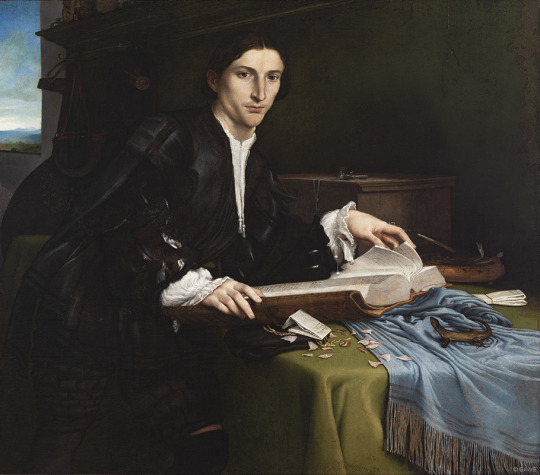
Portrait of a Young Man (Portrait of a Gentleman in His Study)
Lorenzo Lotto (Italian; ca. 1480–1556)
ca. late 1520s
Oil on canvas
Gallerie dell’Accademia di Venezia, Venice, Italy
#Lorenzo Lotto#Lotto#Gallerie Accademia#Italian painters#Italian paintings#Italian art#Italian artists#portraits#portraiture#Italian portraits#Italian portraiture#Italian Renaissance#High Renaissance#Venetian School#1520s#16th century#16th-century Italian art#16th-century Italian artists#young man#young men#lutes#lizards#ledger books#hunting horns#letters#shawls#rings#gentleman#fringe
79 notes
·
View notes
Text



Two (2) silly little guys for a thing on Instagram will you trust them your Majesty
#character design#16th century#17th century#candycore#royalcore#my ocs do not steal#clowncore#clown aesthetic#They are liquorice and peppermint and a painter and a jester respectively btw!!#The second one is an earlier drawing i changed their outfits a bit!
13 notes
·
View notes
Text

El Greco (Spanish, 1591-1614) St. Louis, King of France and a Pageboy • 1592–1595 • Louvre, Paris
#art#painting#fine art#art history#spanish painter#mannerism#louvre#portrait#el greco#historical art#historical portraits#16th century art#spanish artist
138 notes
·
View notes
Text
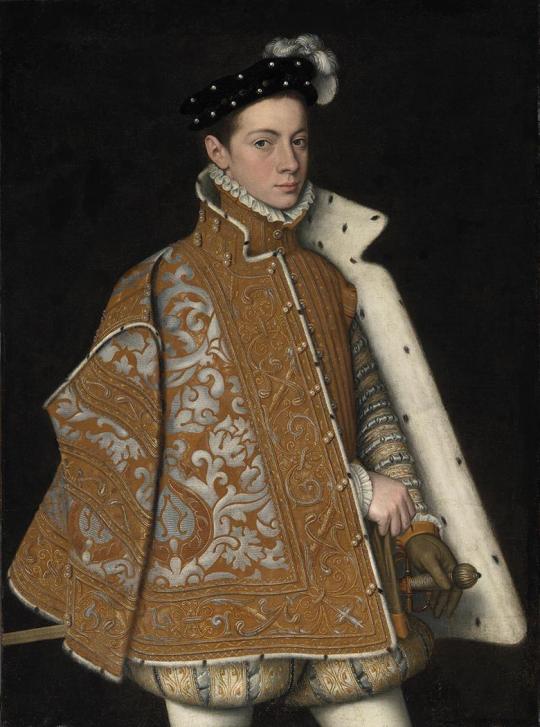
Sofonisba Anguissola - Portrait of Prince Alessandro Farnese (ca. 1560)
226 notes
·
View notes
Photo

Florentine Painter (possibly Jacopo Zucchi, Italian, 1541–1590)
Portrait of a Woman, mid-16th century
#Portrait of a Woman#female portrait#medieval#florence#florentine#florentine painter#mediterranean#western civilization#european art#Jacopo Zucchi#italy#italian#italian art#italian peninsula#16th century#noble#nobility#fine art#aristocrat#aristocracy#woman#female
56 notes
·
View notes
Text
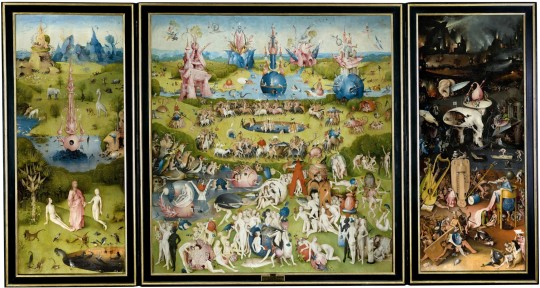
The Garden of Earthly Delights, Hieronymus Bosch (c.1500) Museo del Prado in Madrid
#art#art history#artists on tumblr#painting#aesthetic#el bosco#bosch#Hieronymus Bosch#hieronymus bosch#el prado#dutch art#netherlandish#Netherlands#netherlands#dutch painter#dutch painting#16th century#16th century art#triptych#garden#oil on panel#oil on canvas#oil painting#15th century#15th century art#1500s#1500s art#1400s#religious painting#religious art
131 notes
·
View notes
Text

Lavinia Fontana, (born 1552, Bologna—died August 11, 1614, Rome), was an Italian painter of the Mannerist school and one of the most important portraitists in Bologna during the late 16th century. She was one of the first women to execute large, publicly commissioned figure paintings.
Considered the first professional woman artist, Lavinia Fontana worked within the same sphere as her male counterparts. She earned a living through her art and broke barriers. She made great strides in the field of portraiture, which garnered her fame within and beyond Italy. In fact, Fontana is regarded as the first woman artist, working within the same sphere as her male counterparts, outside a court or convent.
At age 25, Fontana married a fellow painter from a noble family, who acted as his wife’s assistant and managed their growing household (the couple had 11 children, only three of whom outlived their mother). For 20 years beginning in the 1580s, Fontana was the portraitist of choice among Bolognese noblewomen. She also painted likenesses of important individuals connected with the University of Bologna.
Fontana’s fame spread to Rome, where she moved in 1604. There she became a portraitist at the court of Pope Paul V and was the recipient of numerous honors, including a bronze portrait medallion cast in 1611 by sculptor and architect Felice Antonio Casoni.
Lavinia Fontana depicted the Bolognese noblewoman Costanza Alidosi seated in a sparsely, yet luxuriously, furnished interior. In the upper left, a courtyard and two open doorways are visible, giving the painting depth and perspective. The life-size figure of Alidosi occupies the entire height of the painting. Fontana angled Alidosi’s body toward the viewer, simultaneously giving the portrait a sense of intimacy and power. The artist, known for her skill at rendering fabric and jewelry, portrays Alidosi’s dress meticulously, particularly the details of the gold embroidery on the skirt and bodice. Fontana’s talent for depicting textures is evident in the fringe on the red velvet chair and the sitter’s lace collar.
Alidosi was married in 1571 to the nobleman Ridolfo Isolani. As a senator and an associate of the Medici family in Florence, he was often away from home, leaving his wife to attend to business in Bologna. It was most likely during one of these absences that Alidosi commissioned Fontana to paint her portrait, possibly as a display of her power and autonomy. Ridolfo is referenced obliquely: both the dog on Alidosi’s lap and the juniper blossoms tucked in her bodice likely symbolize her fidelity to her husband.
#perioddramaedit#history#edit#history edit#lavinia fontana#art history#sezgi sena akay#donne nella storia#donne della storia#donneitaliane#donne italiane#italian renaissance#women of renaissance#renaissance italy#renaissance women#renaissance#16th century#bologna#painter#constanza alidosi#ridolfo isolani#rinascimento#women of history#women in history#history 's women#lavinia zappi d'imola#lavinia fontana zappi#italian artist#portretist#aesthetic
50 notes
·
View notes